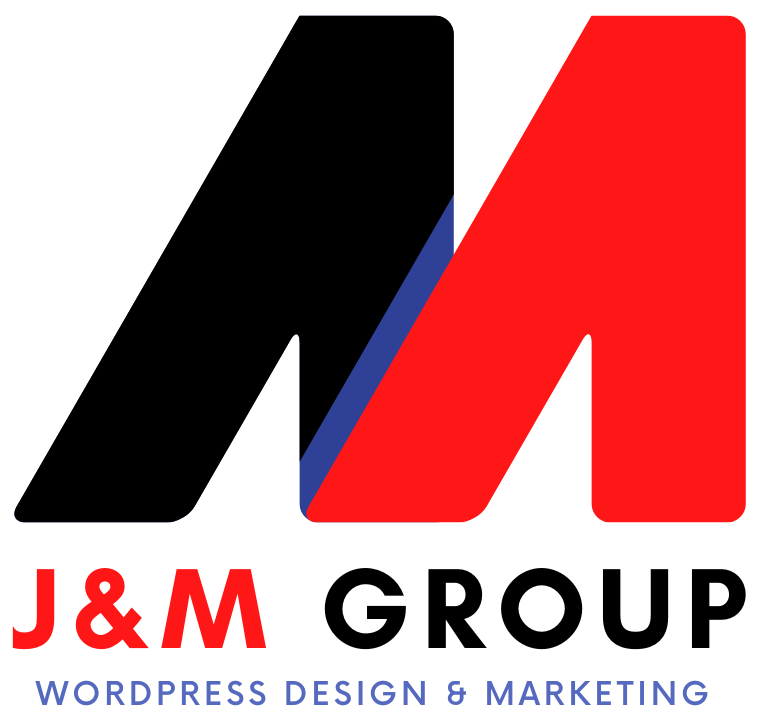
Ever notice that the flyer or poster images with text that you have uploaded on Facebook come out fuzzy?
Try uploading a PNG-24 lossless image instead of a JPEG. That way, Facebook doesn’t mess with the image quality.
Facebook’s JPEG compression is quite aggressive. In fact, Facebook compresses your images twice before they go live! So there’s a good chance you’ll end up with fuzzy compression artifacts around the edge of any text in the image, making it look … well, fuzzy.
JPEGs might be the most common file type you run across on the web. But, did you know that JPEGs are known for their “lossy” compression, meaning that the quality of the image decreases as the file size decreases?
PNGs are amazing for interactive documents such as web pages, but are not suitable for print. You can edit them and not lose quality, but they are still low resolution.
The reason PNGs are used in most web projects is that you can save your image with more colors on a transparent background. This makes for a much sharper image.
How to Choose an Image Format for Screenshots
If you are capturing a web page that has lots of text – like snippets of source code or Google search results pages or even a tweet – use the GIF or PNG format. The screenshots will be clear (JPEG adds grains or noise around text) and file size remains pretty low.
To make sure you’re avoiding other mistakes, this infographic will walk you through the best practices of choosing the right file types for your visual content.
Read up on the whole process by clicking on the image below. This is a fabulous resource!
 – By Marcia Coffey
– By Marcia Coffey
Find Marcia on Google+
Call Marcia at 561.906.3436.
CONTACT · Marcia Coffey ·
Palm Beach Gardens, Fl 33410 ·
Tel. 561-906-3436
